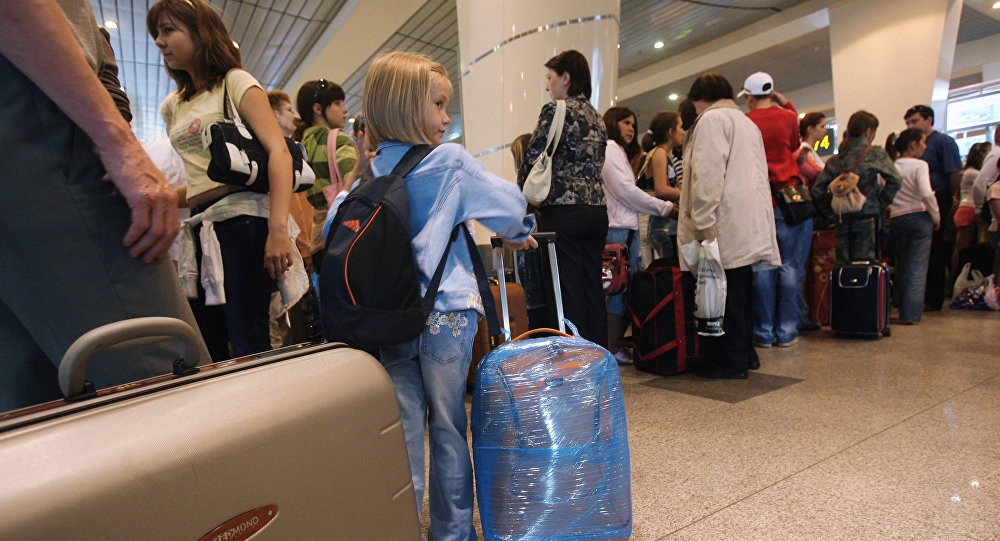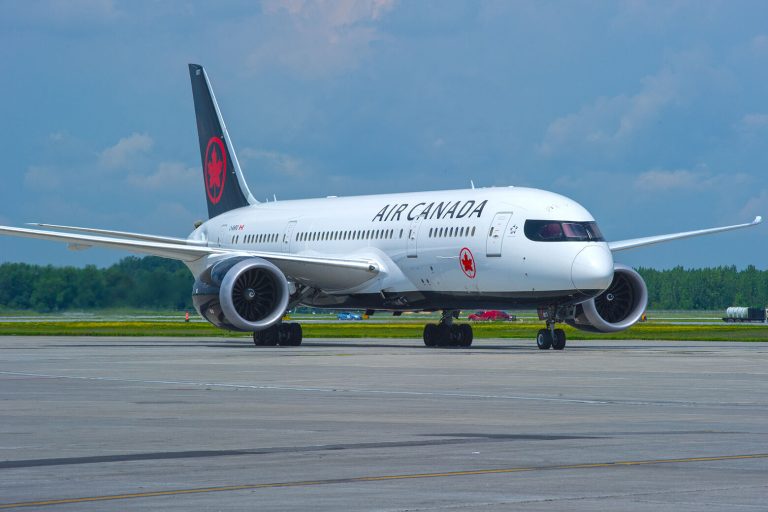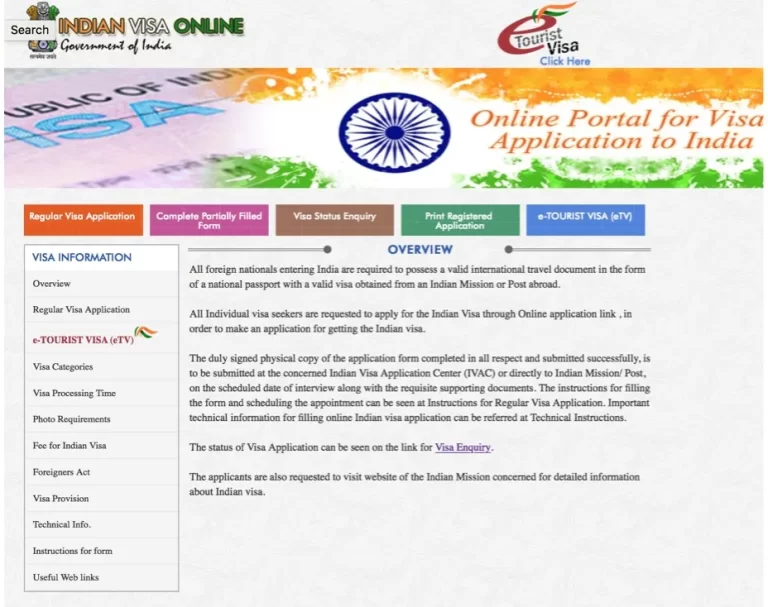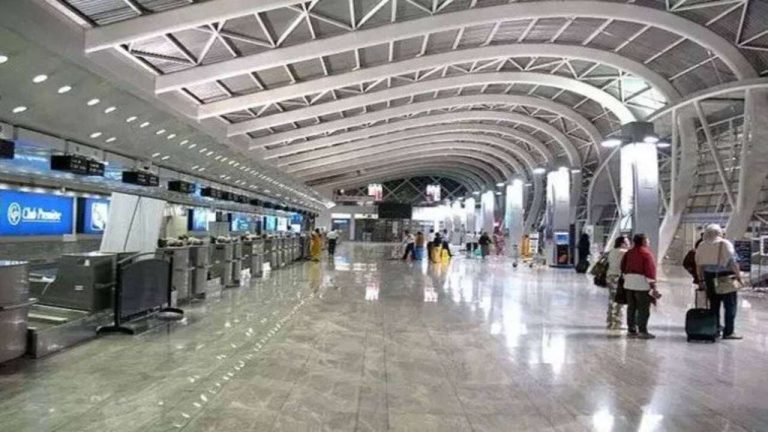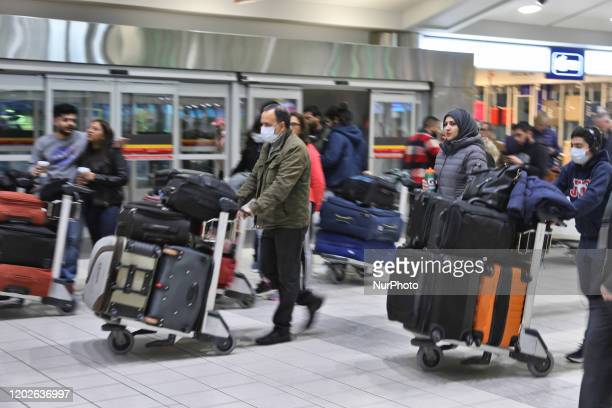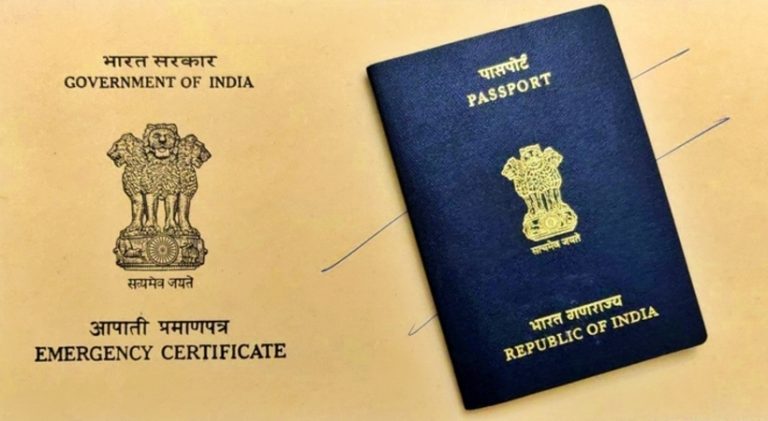India’s eVisa Scheme Will Make Your Trip To A New Level
India launched a new eVisa scheme recently. Called the eVisa, this new system allows travellers to enter India with an eVisa, and also exit India through three different ports – airports or seaports. It is said that this will make travel in India much easier for travellers!
Why should you travel to India
- India is a vast and diverse country with many attractions to offer tourists. Indian eVisa Airport and Seaports for Entry
- The eVisa scheme will make your trip easier and more convenient.
- You will be able to enjoy all the attractions in India without any hassles.
- You will also get to see some of the most beautiful scenic locations in the country.
Indian eVisa Scheme: What does it do?
India’s eVisa Scheme is a new way for foreigners to travel to India. It replaces the traditional visa system and allows travelers to stay in India for up to 60 days without a visa. The eVisa Scheme also allows tourists to visit more than 20 different Indian states and territories without having to apply for individual visas.
The eVisa Scheme is easy to use. First, you must register with the Indian embassy or consulate nearest you. Next, you will need to submit your passport and visa application form online. Your passport must be valid for at least six months after your planned departure from India. Finally, you will need to pay the relevant fees online. Indian eVisa ports allowed for exit
The benefits of the eVisa Scheme include:
– Reduced paperwork – There are no applications required in person, and all requirements can be completed online.
– Fast processing – Applications are processed within 48 hours, so you can plan your trip with confidence.
– Flexibility – You can use the eVisa Scheme to visit any part of India, including popular tourist destinations like Delhi and Mumbai.
How to make an application for Indian eVisa
If you’re planning a trip to India anytime in the near future, now is the time to make an application for an Indian eVisa. As of September 1st, 2015, the visa requirements have changed significantly, and now all visitors need a visa regardless of whether they are tourists or business travelers.
There are two main types of visas that you can apply for under India’s new eVisa scheme: Electronic Travel Authorization (eTA) and Tourist Visa on Arrival (TVOA). The eTA is the most common type of visa, and it allows you to stay in India for up to six months as a tourist. You will need to provide your passport information,upload copies of your passport photos, and answer several questions about your travel plans. The TVOA is only available to business travelers who will be staying for more than 60 days. You will need to provide your passport information, air ticket information, proof of financial stability in India (such as a bank statement), and proof that you have booked accommodations in India.
Traveling with a Child on an Indian eVisa
If you’re planning a trip to India soon, make sure to apply for an eVisa. The country has recently revamped its visa system, making it much easier for tourists to visit. Here’s what you need to know about the new process:
- First, you’ll need to fill out a visa application form. This can be done online or at a Indian embassy or consulate.
- Next, you’ll need your passport and two photos. Make sure the photos are recent and have been taken in good light.
- Finally, pay the visa fee using some of your credit card or cash. You’ll receive a confirmation email with further instructions on how to collect your visa from the embassy or consulate.
Tips for staying safe in India
When traveling to India, it is important to be aware of the dangers that are present. Here are a few tips to help you stay safe while in the country:
-Be aware of your surroundings. Pay attention to what is happening around you and be cautious when entering unfamiliar areas.
-Always keep your passport and other travel documents handy. If you lose them, you will have to go through the long process of obtaining new ones.
-Never walk around alone at night or in isolated areas. always use taxis or other forms of transportation when possible.
-Avoid carrying large amounts of money with you, as robberies are common in India. Instead, stash cash in a hidden location or leave valuables at home.
-Do not drink alcoholic beverages and avoid doing drugs if possible – both can lead to dangerous situations.
